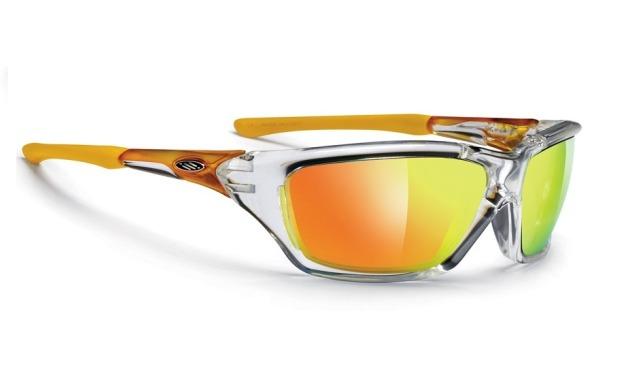Bell Javelin and Gage review
While Bell isn’t one of the first brands that a triathlete might consider, they’ve always been one of my favorites. For some reason, their prices have always been more reasonable than most other helmets. Back when I was just starting triathlon and road racing, I wanted to upgrade over my ugly entry-level helmet. The problem was this – I was a college student with limited money. All of the top-end (and cool-looking) helmets at the time cost upwards of $150. I saw that one of my favorite cyclists, Tyler Hamilton, wore a Bell in the Tour de France that year. I looked it up online and found that their top-end Ghisallo cost $99, and looked great, to boot. While still not dirt cheap, I saved my pennies and bought one. It was white and blue, and I wore it for several years.
The Gage is the latest high-end road lid from Bell:
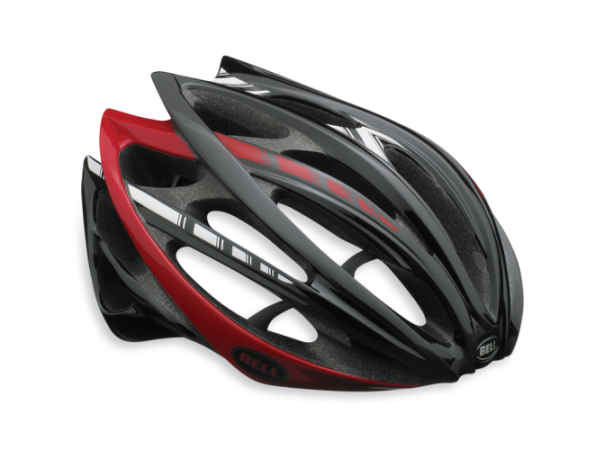
While prices have gone up, its US retail price of $190 is well below the competitors’ typical asking price of $250-300. In my opinion, that drop in price does not mean any drop in quality.
I’ve always liked the Bell retention system. It feels secure, and operates by a simple thumb wheel:
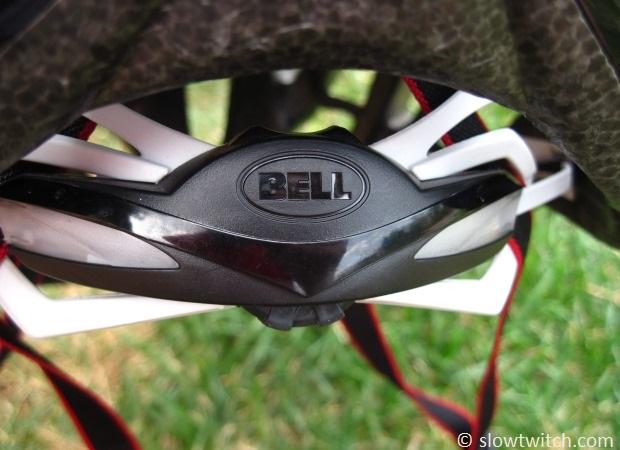
Bell has three sizes that they use for all of their adult road helmets. Some competitors now offer only one or two sizes to reduce the amount of tooling they have to buy (i.e. Sm/Md and Large). Bell offers three real sizes, and makes all of their helmets fit in to these size ranges. You don’t have one Bell model large that fits 58-63cm heads, and a different model that fits 58-61cm. If you currently own a Bell Sweep in a medium, you can buy a medium Gage and know it will fit.
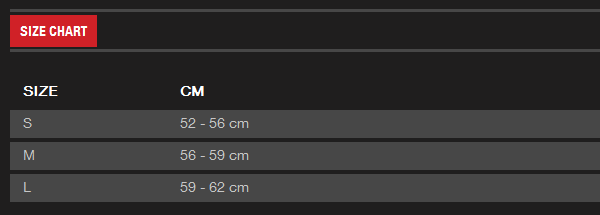
I personally have a 59.5cm dome-head, so I’m always a large helmet. I found the Bell to be comfortable, and left plenty of room for a winter cycling hat to fit underneath.
Due to the generous shaping of the vents, the Gage became my go-to helmet for use with my Exposure Diablo helmet light.
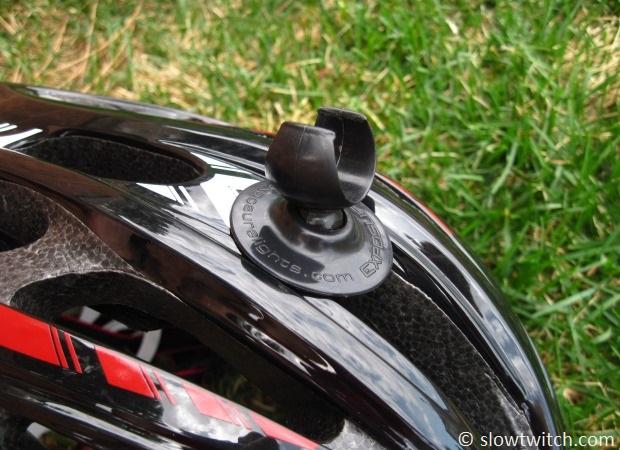
For most helmet-mounted accessories, you need large, symmetrical vents, and the Gage has them. As you can see, the mount works with a single 5mm plastic hex bolt:
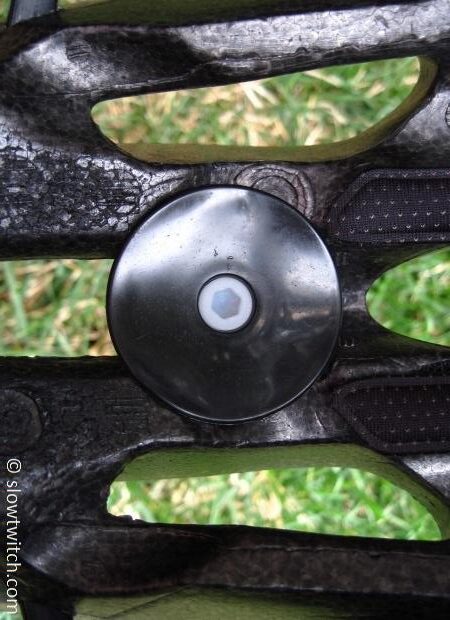
Overall, the Gage did everything I could ask of it. It’s light, well ventilated, fits comfortably, and looks good. In my mind, Bell is the gentleman’s brand. If a Specialized Prevail is a Ferarri (light, loud, and racy), the Gage is a Bentley (sophisticated, comfortable, and still much faster than your run-of-the-mill sedan).
Bell Gage specs:
-MSRP: $190
-Weight: 240 grams
-Vents: 26
-Safety Certification: CE EN1078, CPSC Bicycle
Javelin
The Javelin is the newest TT and triathlon helmet from Bell. It comes in the same three sizes as the Gage, shown above.
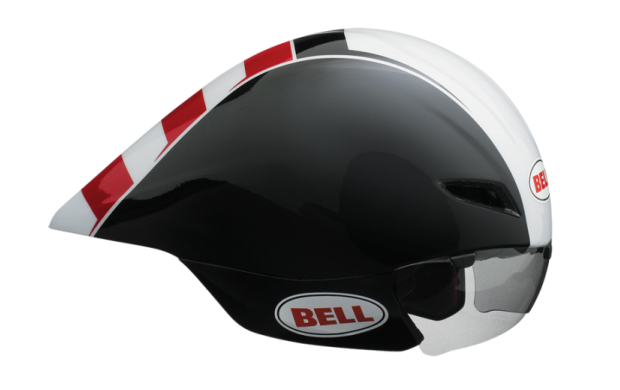
Similar to the Gage, the Javelin has a very reasonable price relative to the competition. At $200 MSRP, it is $75 less than the Specialized TT02, and $110 less than the Rudy Project Wingspan.
How does it stack up in quality? I found the Javelin to be quite comfortable for a fully-enclosed TT helmet. Particularly, I think Bell did a nice job designing a friendly interior. The deep channels (pictured below) are likely for venting purposes, but also make for a consistent, supportive surface for your head:
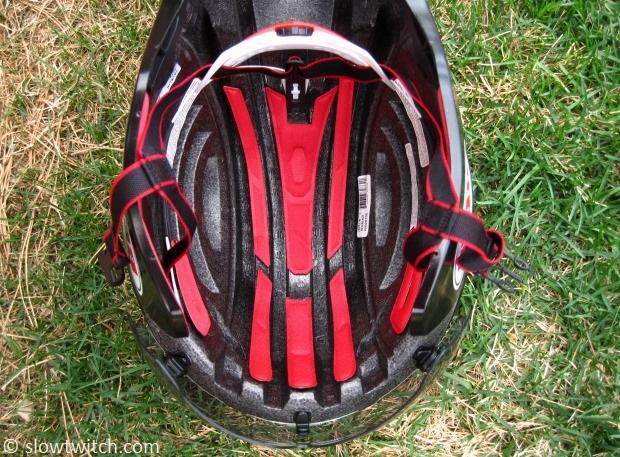
The channels lead back to a single rear vent:
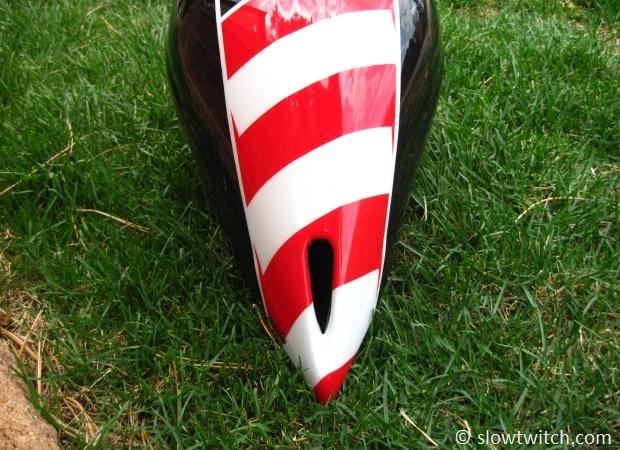
The visor is clear, wide, and nicely shaded. For those who wish to remove it and wear normal sunglasses, you can do so.
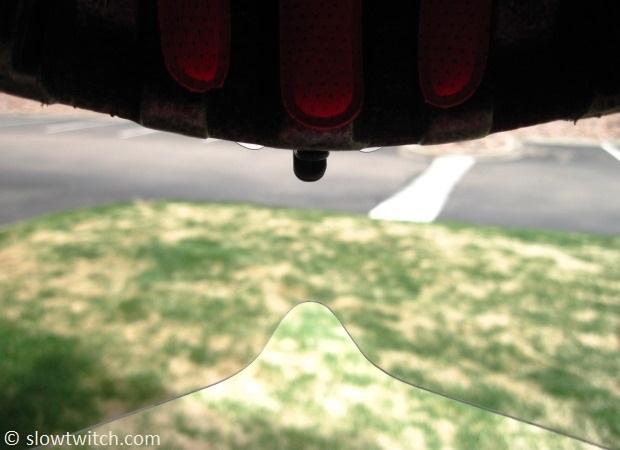
Similar to other fully-enclosed TT helmets, it is a little bit more time consuming to put on your head than a standard helmet. The ‘ear flaps’ are flexible, and you must bend them outward to pass over your ears. They do feature generous pads, which make a real difference in comfort in stiff crosswinds (as the helmet gets pushed to the side).
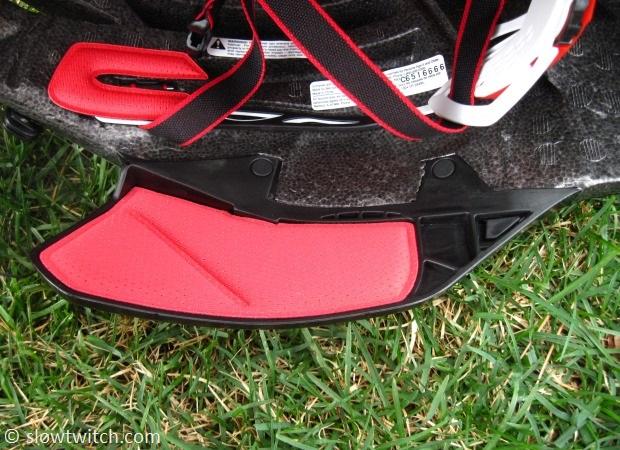
You may remember the Bell Meteor; one of the coolest-looking TT helmets of all time. The problem with the Meteor was that it was not CPSC-certified, so we could not use it in the USA. Bell addressed that with the Javelin, and it is fully-legal for US races:
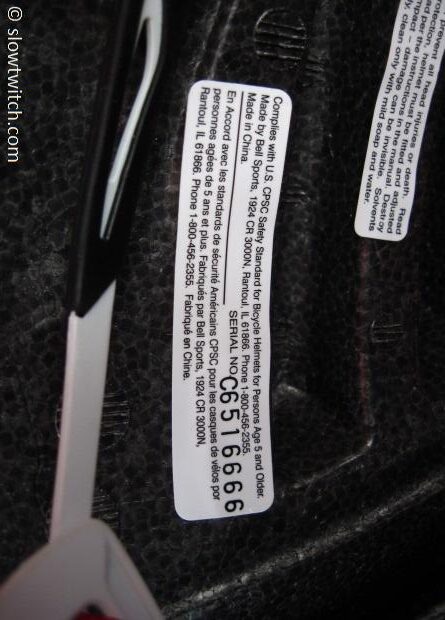
While I was not able to wear the Javelin in very hot conditions, I did have it out on a 70-degree day. Similar to other full TT helmets, the Javelin is warmer than a vented road lid. The Javelin does have two vents in the front of the helmet, and a few small vents in the visor. While I personally would not likely wear it for racing in Kona, most other races would be fine. In fact, for many Olympic and 70.3 distance races, the mornings are cool enough that I actually want the improved heat retention of a helmet like this. It always seems that about 75% of the races I do are cold rather than hot, yet so many products are designed for extremely hot weather.
You will notice the helmet’s length and size in crosswinds. It has quite a long tail and a lot of surface area; there is simply a lot of helmet for the wind to find. While we know that increased surface area is generally a good thing for the aerodynamic properties of helmets, wheels, frames, and the like – it does certainly increase the amount you will feel any wind coming from your side.
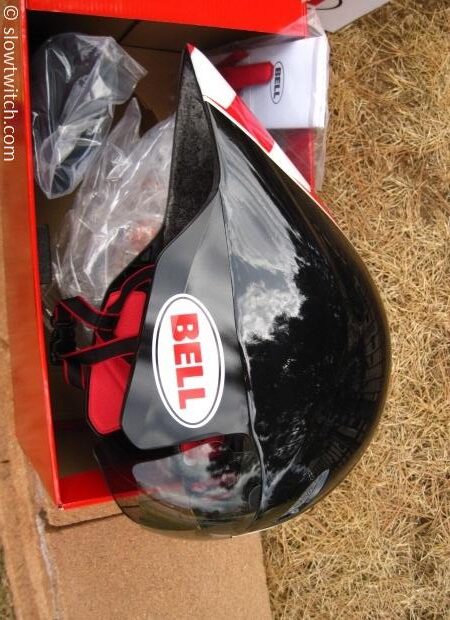
Overall, I really like the Javelin. Its price is very competitive. It is comfortable, it looks good, and we can presume it is faster than a road helmet. As with many other manufacturers, Bell does not publish drag specifics.
My only complaint is 380 gram weight. While not out-of-this-world, I could certainly feel the weight increase over the Gage. In general, that’s part of the territory with TT helmets. If you choose to race an Ironman in a helmet like this, you must use it for at least a few long rides. If you do 100% of your 5-hour rides in a 240-gram helmet, and all-of-a-sudden decide to race in a 380-gram helmet, your neck will not appreciate it. You might get made fun of by your buddies for riding around town in it, but you’ll be the one laughing on race day. They’re probably just jealous that you look like Andy Schleck.
Bell Javelin specs:
-MSRP: $200
-Weight: 380 grams
-Vents: 3
-Safety Certification: CE EN1078, CPSC Bicycle
-Accessories included: spare pads, helmet bag




